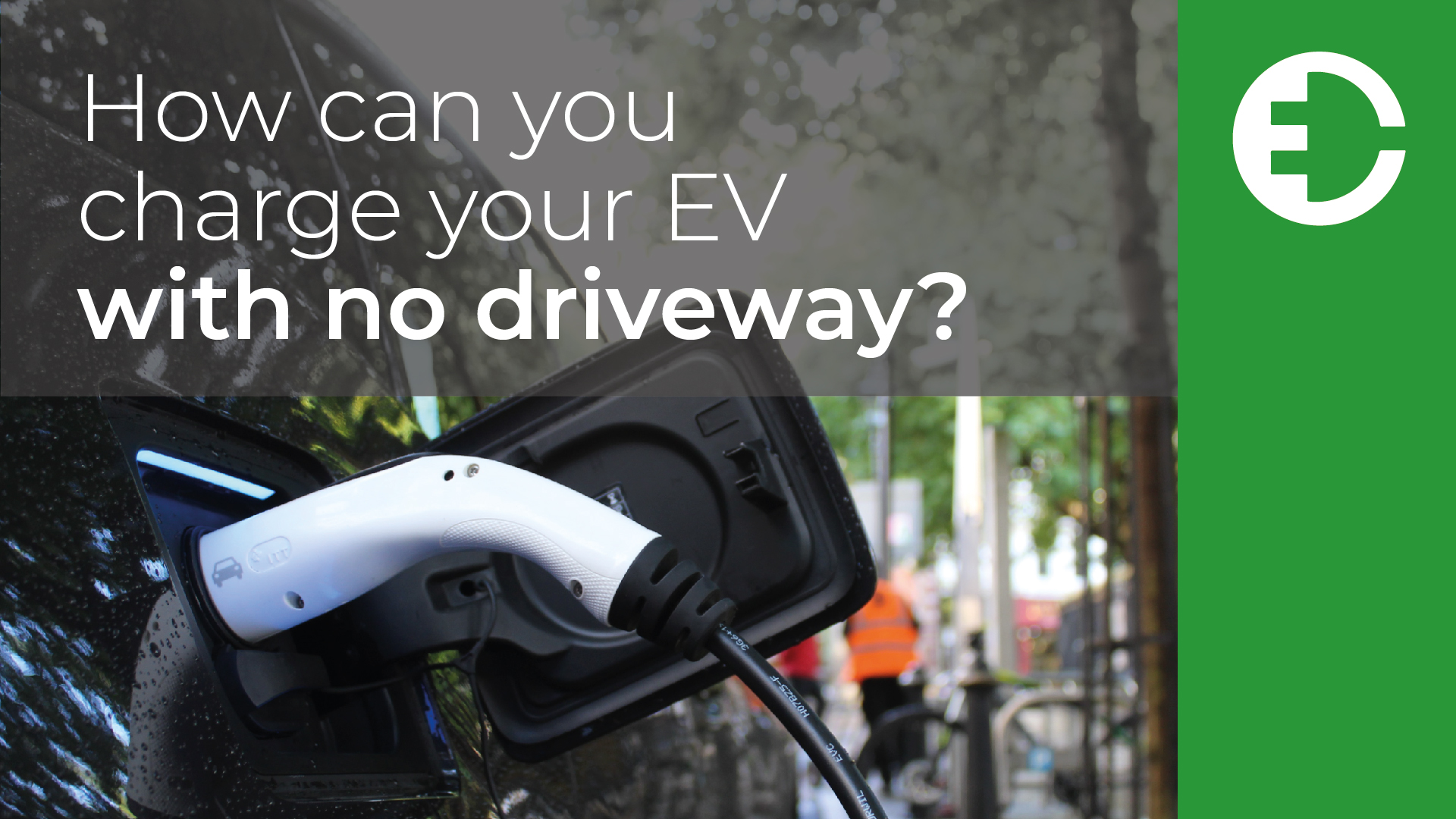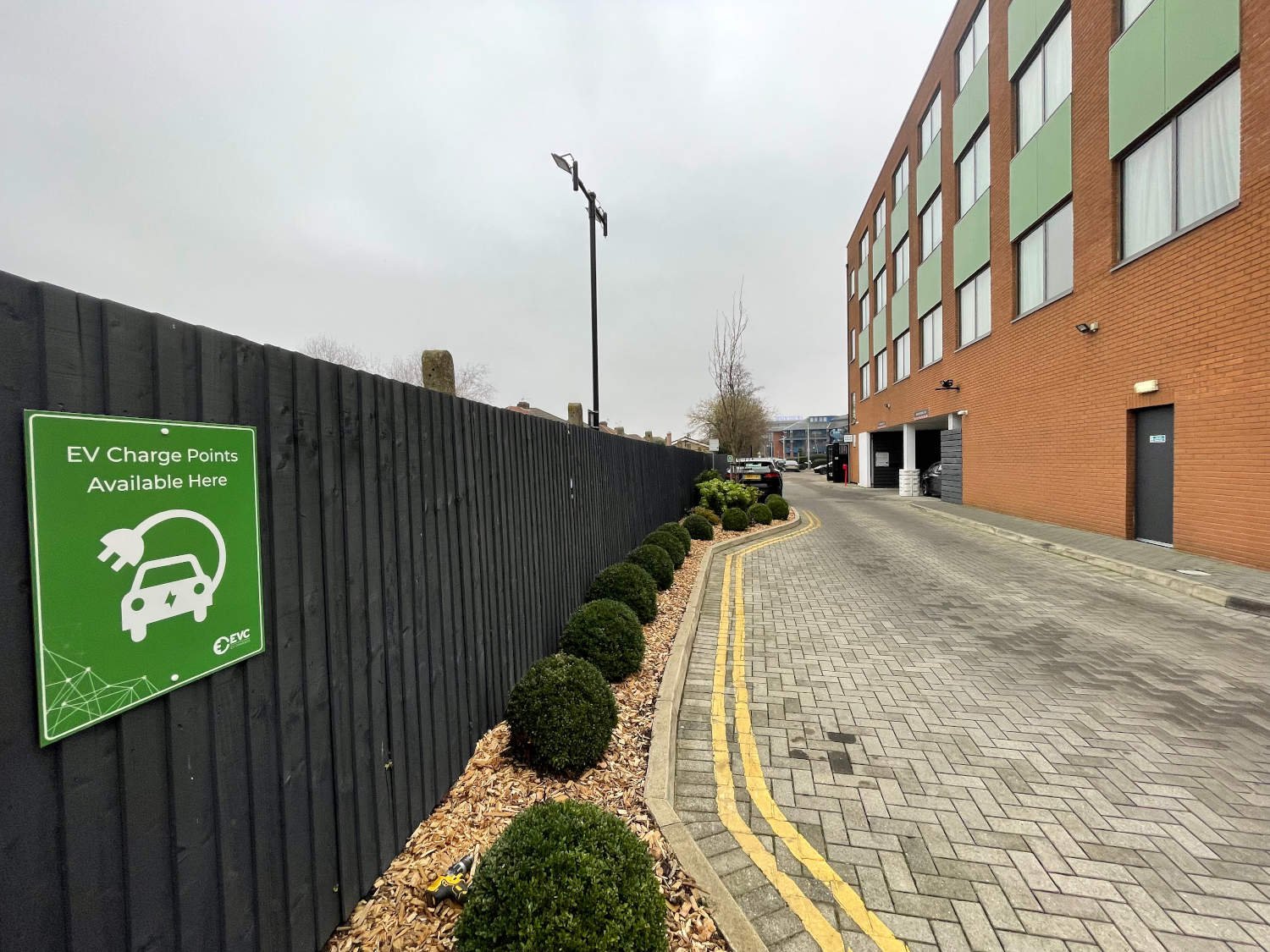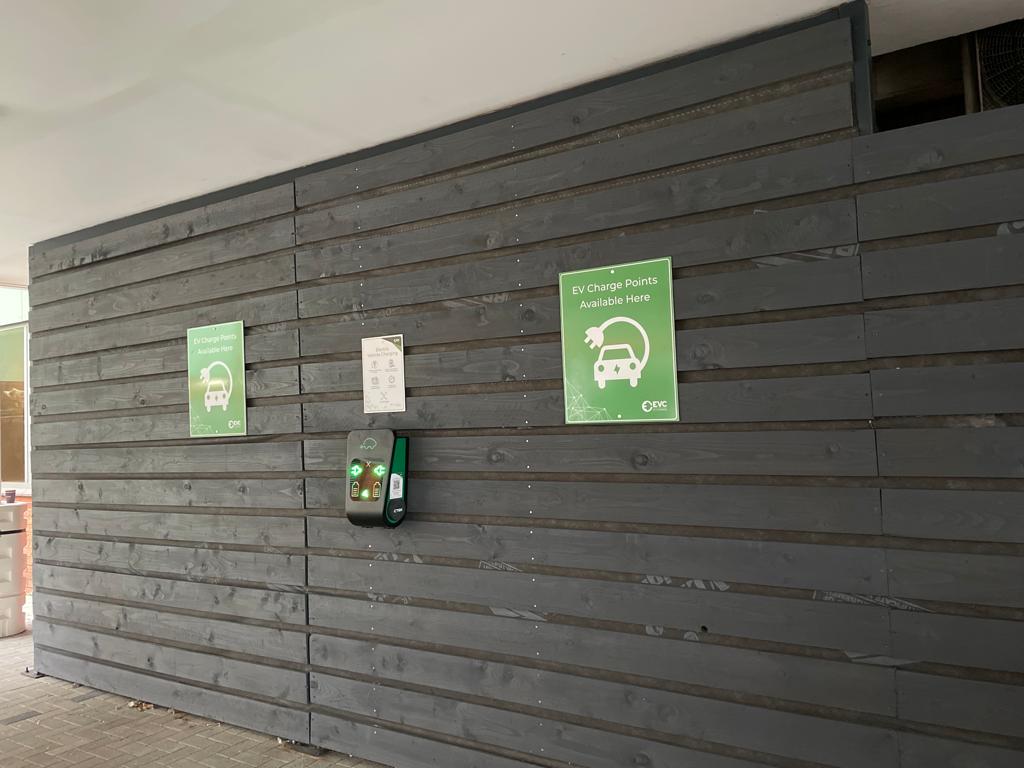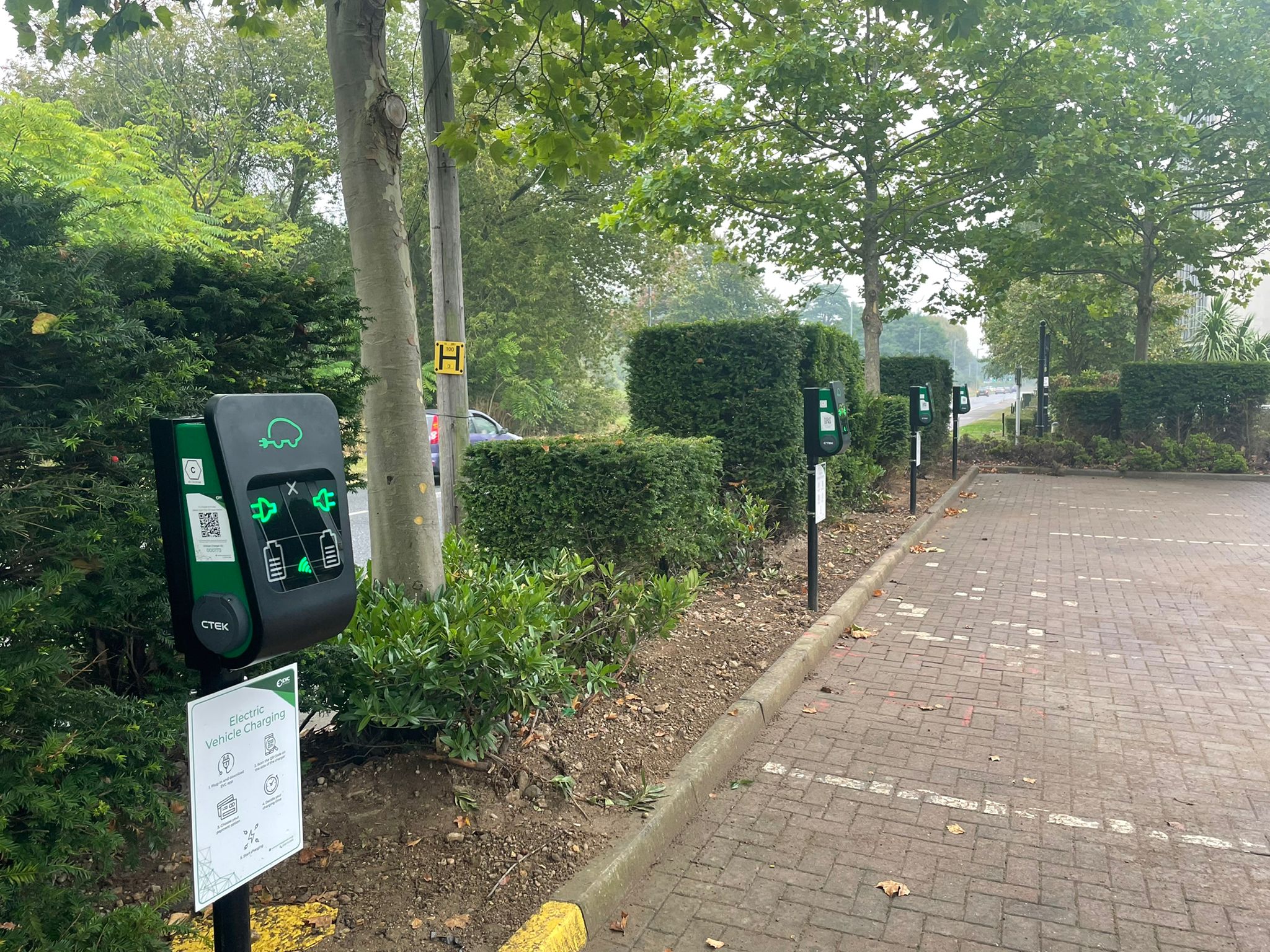How can you charge your EV with no driveway?

Around 6.6 million houses in the UK do not have access to a driveway. What options are available to EV drivers with no available off-street parking?
It is clear that the EV revolution is well underway in the UK, with recent vehicle registration data revealing that there are now over 780,000 electric vehicles driving on our roads today.
It’s a given that one of the most convenient places to charge an EV is at home. Charging at home allows you the flexibility of overnight charging, and makes you less reliant on public networks.
Almost a third of households in the UK don’t have access to a personal driveway, limiting their home charging options.
Public EV charging points
 EV drivers that are unable to charge at home tend to opt for using public charging points instead.
EV drivers that are unable to charge at home tend to opt for using public charging points instead.
The ‘Zap-Map’ platform, available on web and mobile app, allows people to view all public charging points in the UK, with tools that help to find the nearest charging points, and route planning for finding charging stops on longer journeys. The public network is continuing to grow rapidly, and since 2018 the number of public charge points has almost trebled.
Despite the growth of public charging infrastructure, availability differs significantly based on where you are in the UK. London has the most charging points (over 30% of the total number), followed by the South-East (13.1%), and then Scotland (10.3%). The Channel Islands, Isle of Man, and Northern Ireland currently have the lowest numbers of public charging points.
Faster public charging
Rapid and Ultra-Rapid hubs
Rapid and Ultra-Rapid charging hubs are great for driver convenience, as they are able to charge EVs extremely fast, in many cases as little as 15 minutes. By installing more of these chargers in populated locations and at service stations, EV drivers will be able to recharge similarly to refuelling at a petrol station.
Workplace EV charging
If home charging isn’t available to you, another convenient place to charge your EV is at your workplace. More and more companies are offering EV charging facilities to their staff, giving office-based workers a huge incentive to switch to electric vehicles. With people spending a large proportion of time in their offices, charging whilst at work is an ideal solution for drivers lacking home charging facilities. The benefits also impact employers, with research showing providing EV charging facilities at workplaces leads to increased staff retention, and improved talent attraction.
Using existing infrastructure
Lamppost charging
Following recent efforts to switch street lighting to lower energy LEDs, spare electrical capacity has become available. This has resulted in the evolution of a new type of technology, which allows publicly accessible charging points to be installed on existing lamp posts. Though generally a slower form of charging, this technology still gives EV drivers the opportunity to charge near to their homes despite not having their own off-street parking.
Sharing chargers
Another alternative for drivers who are unable to charge at home would be to make use of somebody else’s charging point, whether a friend, family member, or neighbour. There are already services available such as PlugShare and CoCharger which enable drivers with home charging facilities to share these with others, potentially charging small fees for usage if they wish.
Apps, websites, and in-built guidance
Most electric vehicles now have built in charge point locator technology within their multimedia systems. This makes it very easy for drivers to find the nearest charge point if low on charge, using charging assistance.
The technology behind this built-in guidance comes from Zap Map, which is a reliable source for EV drivers in locating charge points. As well as the main Zap Map website, there is also a smartphone application which is a great tool for any EV driver.
Google Maps has also begun to add new features which are extremely useful for any EV driver. As well as listing the nearest charging points and providing charging assistance on long journeys, one great feature shows users their estimated battery level on arrival to destinations (this will depend on your car model).

Summary
It’s clear that there is still a lot of work to be done in order to support drivers without driveways, however with all of these alternatives becoming available, it is sure to become less of a problem in the near future. With the constant creation and provision of additional infrastructure, alongside the many benefits and incentives electric vehicles provide, confidence to make the switch to EVs will continue to grow.
Here at EVC, we are encouraging the EV revolution by more than doubling our network of public charge points throughout 2022.
